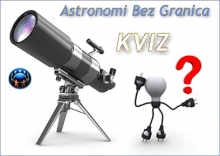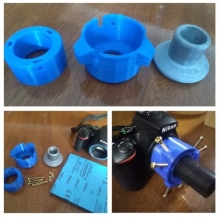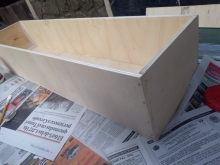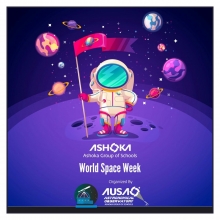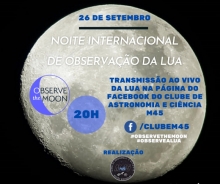Built in 1904, the Snow Solar Telescope was the first permanent instrument designed specifically to do solar physics, in a time when "astrophysics" was a new word, often called "The New Astronomy".
It was even used to study distant stars because of its ability to produce spectra at higher resolution than the world's largest telescopes could at the time. Nearly the entire 100+year old instrument is in its original state except for the CCD sensor we use to view the spectrum instead of glass plates.
 Mike will be gave his web audience a rare, personal behind-the-scenes peek at this historic facility to show the inner clock-work of how a solar telescope works.
Mike will be gave his web audience a rare, personal behind-the-scenes peek at this historic facility to show the inner clock-work of how a solar telescope works.
See how sunlight, having travelled some 150 million kilometers across outer space, is fed into this massive telescope. Then follow cameras down to where the light is split into its spectrum - an underground pit where you get to see first-hand the 18-foot spectrograph. And glimpse this huge spectrograph in action and observe the solar spectrum on display - the very chemical fingerprints of what makes up our nearest and most important star.
Learn more about the history of the Snow Solar Telescope here.
 Planning a SunDay event?
Planning a SunDay event?
Find plenty of activities, including Observing the Sun for Yourself, at the Stanford Solar Center.
What if it’s raining? Be ready for an indoor program with a presentation of “The Sun: Our Nearest Star” from Galilean Nights (available in English, French and Portuguese).
Look at The Sun Now via the NASA Solar Dynamics Observatory or contact your local astronomy club to find a solar viewing event. Remember, NEVER look directly at the Sun.
Don't forget to register your event!
Involving people with visual impairment:
- Amazing Space - downloadable images from the Hubble Telescope for printing on microcapsule paper.
- SEE Project - Space Exploration for the Blind and Visually Impaired - Information on the Sun and sunspots
Check out our Observing Resources and People with Disabilities Astronomy Resources.
Share your SunDay images of outreach, solar photography, or tell us that you love the Sun on Facebook, the Flickr group, or Tweet using #GAM2014 hashtag (@gam_awb).
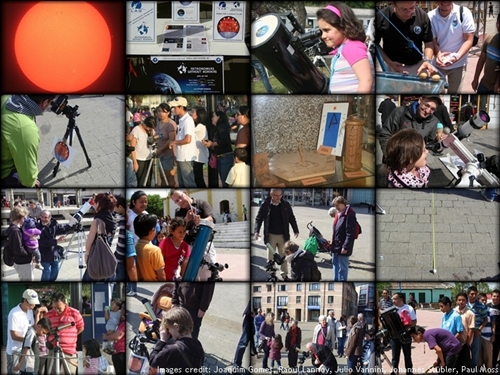
(Click here for a higher resolution)











